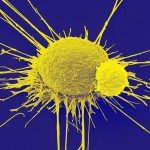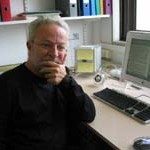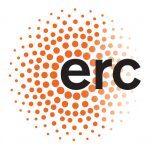Link to Pubmed [PMID] – 21423804
PLoS ONE 2011;6(3):e17423
We here describe novel aspects of CD8(+) and CD4(+) T cell subset interactions that may be clinically relevant and provide new tools for regulating the reconstitution of the peripheral CD8(+) T cell pools in immune-deficient states. We show that the reconstitution capacity of transferred isolated naïve CD8(+) T cells and their differentiation of effector functions is limited, but both dramatically increase upon the co-transfer of CD4(+) T cells. This helper effect is complex and determined by multiple factors. It was directly correlated to the number of helper cells, required the continuous presence of the CD4(+) T cells, dependent on host antigen-presenting cells (APCs) expressing CD40 and on the formation of CD4/CD8/APC cell clusters. By comparing the recovery of (CD44(+)CD62L(high)) T(CM) and (CD44(+)CD62L(low)) T(EM) CD8(+) T cells, we found that the accumulation of T(CM) and T(EM) subsets is differentially regulated. T(CM)-cell accumulation depended mainly on type I interferons, interleukin (IL)-6, and IL-15, but was independent of CD4(+) T-cell help. In contrast, T(EM)-cell expansion was mainly determined by CD4(+) T-cell help and dependent on the expression of IL-2Rβ by CD8 cells, on IL-2 produced by CD4(+) T-cells, on IL-15 and to a minor extent on IL-6.



